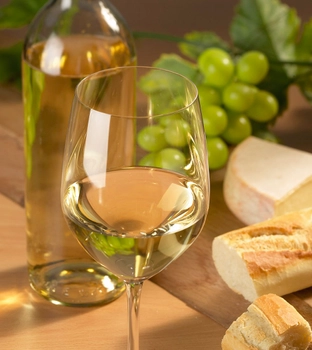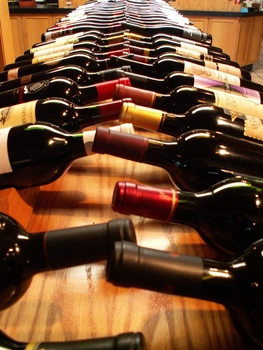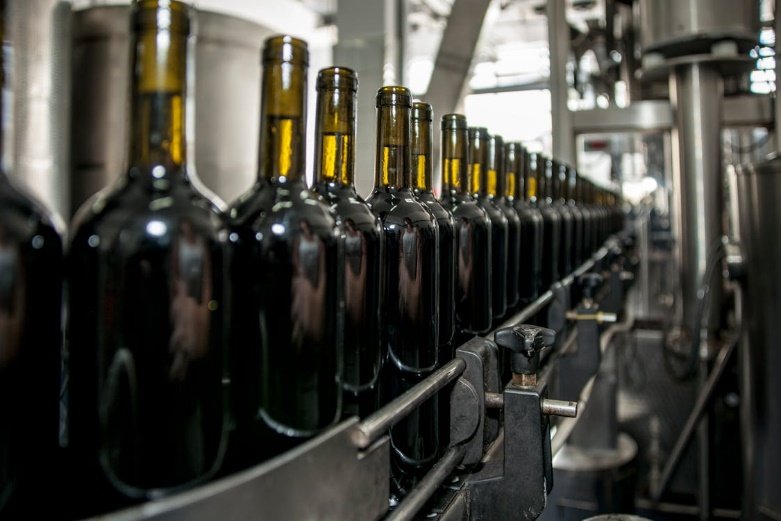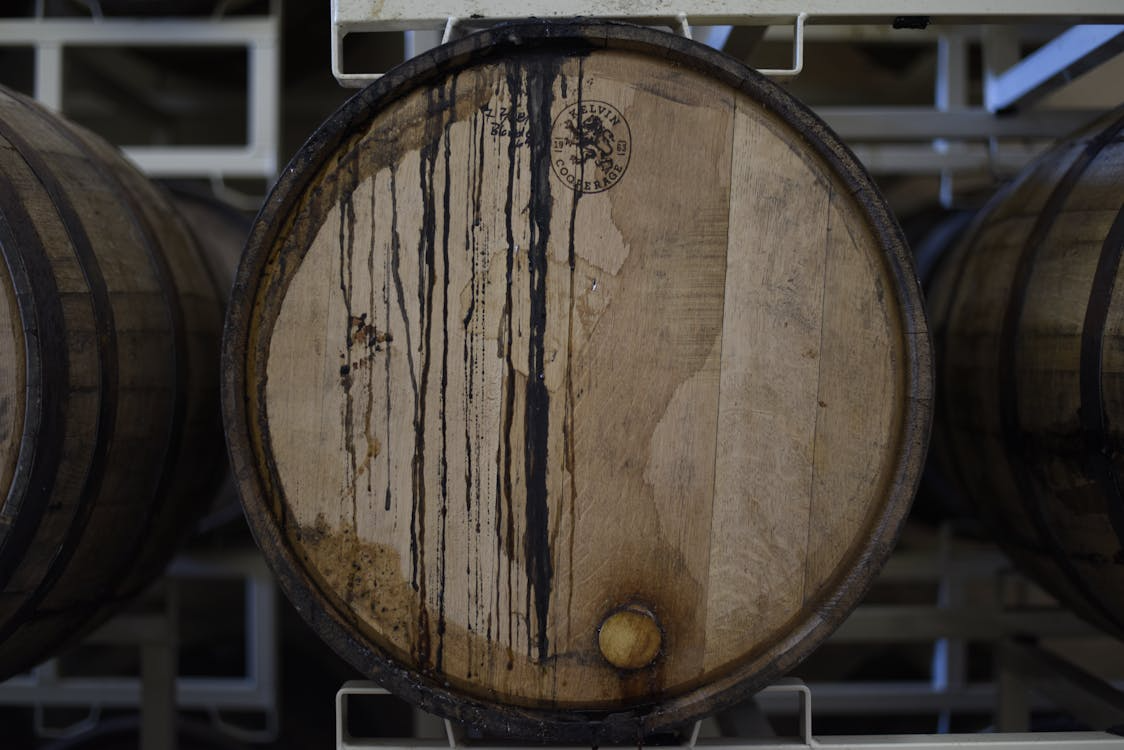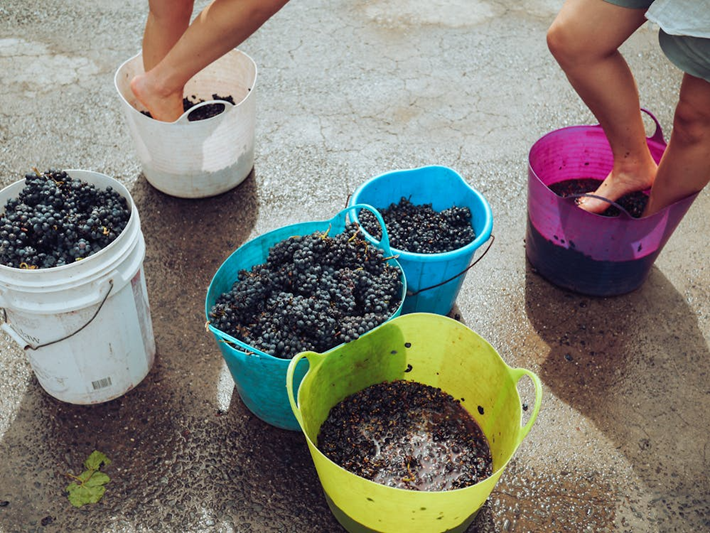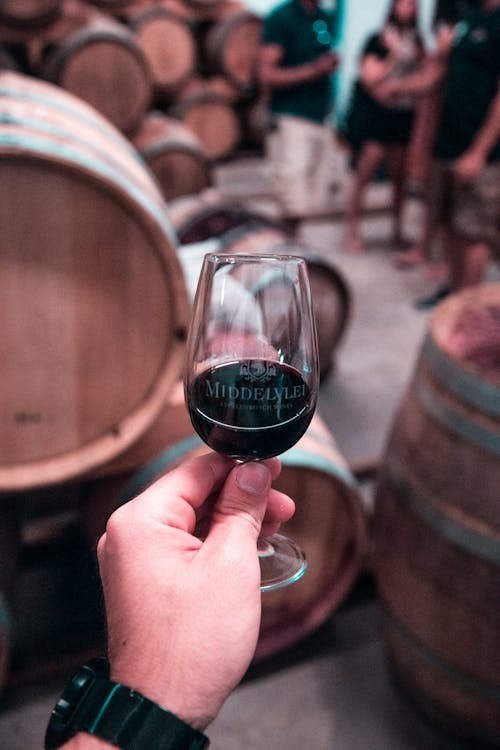Red sweet wines offer a delightful contrast to dry red wines. Imagine a juicy burst of berries or plums with a hint of chocolate, all wrapped in a smooth, velvety texture. Unlike their dry counterparts, sweet red wines retain some natural grape sugars, creating a pleasant sweetness that can range from subtle to decadent. They’re perfect for those who enjoy a touch of sweetness or want a delicious pairing for desserts and cheeses. From the vibrant Brachetto d’Acqui to the rich Port, the world of sweet reds offers a delightful adventure for your taste buds. How are sweet red wines different from dry red wines? The key difference between sweet and dry red wines lies in the amount of residual sugar left after fermentation. Here’s the breakdown: FAQs about Sweet Red Wine Here are a couple of frequently asked questions about sweet red wines in case you are interested in learning more details to share with your friends. What does red sweet wine taste like? Red sweet wines trade the dryness of most reds for a delightful fruitiness. Imagine biting into a ripe berry – flavors like strawberry, raspberry, or blackberry – with a touch of sweetness that can range from subtle to jammy. Depending on the type of wine, you might also get hints of chocolate, plum, or even honey. The sweetness is balanced by varying levels of acidity, keeping the wine from being cloying. What is the best type of sweet red wine? When it comes to selecting the best type of sweet red wine, the answer lies in personal taste preferences and the occasion. However, some varieties consistently stand out for their quality, flavor profiles, and versatility. For example, Port wines or Lambrusco offer unique profiles. Pair these wines with cheese or desserts for an exquisite culinary adventure. What are the best and most popular types of sweet red wine? When it comes to selecting the best type of sweet red wine, the answer lies in personal taste preferences and the occasion. However, some varieties consistently stand out for their quality, flavor profiles, and versatility. For example: What is the taste profile of Port wines? Port wines, with their rich, intense flavors and luscious sweetness, make an excellent choice for those seeking a profound sweet red wine experience. Ports are perfect for sipping alongside desserts or as a dessert themselves. What do Lambrusco wines taste like? Lambrusco, a lighter, fizzy sweet red wine from Italy, which offers a refreshing twist to the conventional perception of sweet red wine. Its vibrant acidity and berry flavors make it an ideal companion for a wide range of dishes, enhancing the dining experience. For individuals exploring sweet red wine options, starting with these types can open doors to the vast and fascinating world of wine, encouraging further exploration and discovery. What types of berries and spices are in sweet red wine? Notes of ripe berries, cherries, and plums are common, often complemented by hints of chocolate, vanilla, and spices, owing to the wine’s aging process. Whether you’re pairing it with a meal or savoring it solo, the taste of sweet red wine promises a memorable and delightful experience. What food to pair sweet red wine with? When looking to buy sweet red wine, either online or in-store, considering what foods to pair it with can greatly enhance your dining experience. Sweet red wines, known for their fruit-forward taste and pleasant sweetness, make an excellent companion to a variety of dishes. For example: Cheese Cheeses like gouda or blue cheese bring out the wine’s inherent flavors. Desserts Desserts such as chocolate lava cake or berry pies complement the sweet red wine taste, creating a harmonious balance between sip and bite. Cousines Spicy cuisines, such as Thai or Indian foods, are also excellent choices; the sweetness of the wine cools the palate against the spice. Are there any specific regions known for producing high-quality sweet red wine? Yes, certain regions are celebrated for their high-quality sweet red wines, which are revered for their exquisite taste and perfect food pairings. Italy’s Emilia-Romagna, known for Lambrusco, and Portugal’s Douro Valley, famed for Port, are prime examples. These wines offer a rich, sweet red wine taste that connoisseurs cherish.When looking to buy sweet red wine online, seeking out bottles from these renowned regions can guide you to the best type of sweet red wine. These selections are not only delightful on their own but also enhance a wide array of food pairings, elevating your dining experience. How should sweet red wine be served for optimal taste? For optimal taste, sweet red wine should be served slightly chilled, around 55-60°F. This temperature highlights the wine’s rich flavors and aromas, enhancing the sweet red wine taste. What are some common misconceptions about sweet red wine? One common misconception is that sweet red wine is only for novice drinkers. In reality, sweet reds like Port or Lambrusco offer complex flavors adored by connoisseurs. People often think sweet red wine can’t pair well with food. However, its versatility complements everything from spicy dishes to rich desserts. Another myth is that all sweet red wines are similar in taste, overlooking the diversity from fruity to floral notes among different types, like the revered Italian Brachetto. Where to buy red sweet wine online? Craving a delightful departure from the ordinary? Then dive into the world of sweet red wines with us at Wine Insiders! Imagine a burst of juicy berries dancing on your palate, balanced by a touch of sweetness that lingers luxuriously. Unlike dry reds, these captivating wines are perfect for sipping on their own or complementing decadent desserts and creamy cheeses. Explore our curated selection, from light and fruity to luxuriously rich, and discover a new favorite that will tantalize your taste buds. Check out our sweet red wine selection today and embark on a delightful adventure into the world of sweet red wines!

